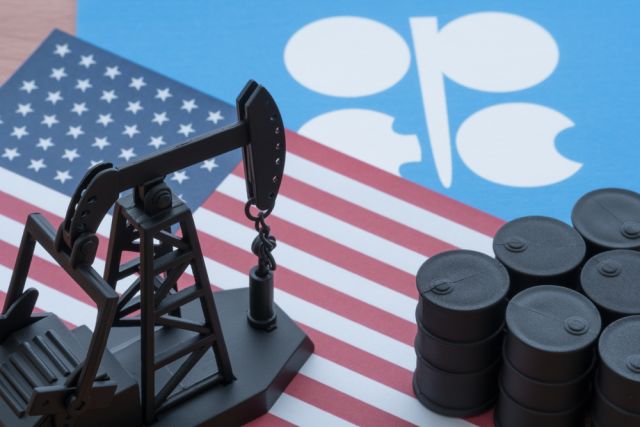
(Source: Shutterstock)
Oil producers outside of OPEC+, especially from the U.S., will contribute to a supply surplus in 2030 amid slowing demand, the International Energy Agency (IEA) said.
The energy transition, shifts in the structure of China’s economy and the pandemic rebound losing steam are all contributors to global oil demand growth slowing. Growth is projected to hit its peak by 2030,” IEA Executive Director Fatih Birol said in a June 10 press release.
“[The] projections, based on the latest data, show a major supply surplus emerging this decade, suggesting that oil companies may want to make sure their business strategies and plans are prepared for the changes taking place,” Birol said.
The U.S. alone will account for 2.1 MMbbl/d of non-OPEC+ gains by the end of the decade, while Argentina, Brazil, Canada and Guyana combined will contribute 2.7 MMbbl/d, according to the IEA.
Oil demand will reach 106 MMbbl/d in 2030 compared to 102 MMbbl/d in 2023. On the other side of the equation, supply will reach 114 MMbbl/d in 2030, according to IEA estimates, compared to 102 MMbbl/d in 2023.
“This would result in levels of spare capacity never seen before other than at the height of the COVID-19 lockdowns in 2020,” the IEA said. “Spare capacity at such levels could have significant consequences for oil markets—including for producer economies in OPEC and beyond, as well as for the U.S. shale industry.”
The IEA said the large delta in oil demand and supply will be due to a number of factors.
Strong demand from fast-growing Asian economies, as well as from the aviation and petrochemicals sectors, will drive up oil use through the end of the decade. However, the gains will be offset by higher EV sales, better fuel efficiency from conventional vehicles, lower oil demand to generate electricity in the Middle East, and structural economic shifts, the IEA said.
Recommended Reading
E&P BW Energy Undergoes ‘Technical’ Ownership Restructuring
2024-05-08 - The restructuring will not involve any change to the ultimate control of BW Energy as the shares currently held by BW Group will be sold to BW Energy Holdings.
Wood Mackenzie Appoints Jason Liu as CEO
2024-05-07 - Liu replaces former CEO Mark Brinin, who is departing to pursue other opportunities, Wood Mackenzie said.
Hess Midstream Subsidiary Plans Private Offering of Senior Notes
2024-05-08 - The proposed issuance is not expected to have a meaningful impact on Hess Midstream’s leverage and credit profile, according to Fitch Ratings.
Exxon Appoints Maria Jelescu Dreyfus to Board
2024-05-08 - Dreyfus is CEO and founder of Ardinall Investment Management, a sustainable investment firm, and currently serves on the board of Cadiz Inc. and Canada-based pension fund CDPQ.
OFS Sector Loses Jobs, but Trade Org Says Growth Potential Remains
2024-05-08 - According to analysis by the Energy Workforce & Technology Council, the OFS job market may still have potential for growth despite a slight decrease in the sector in April.





